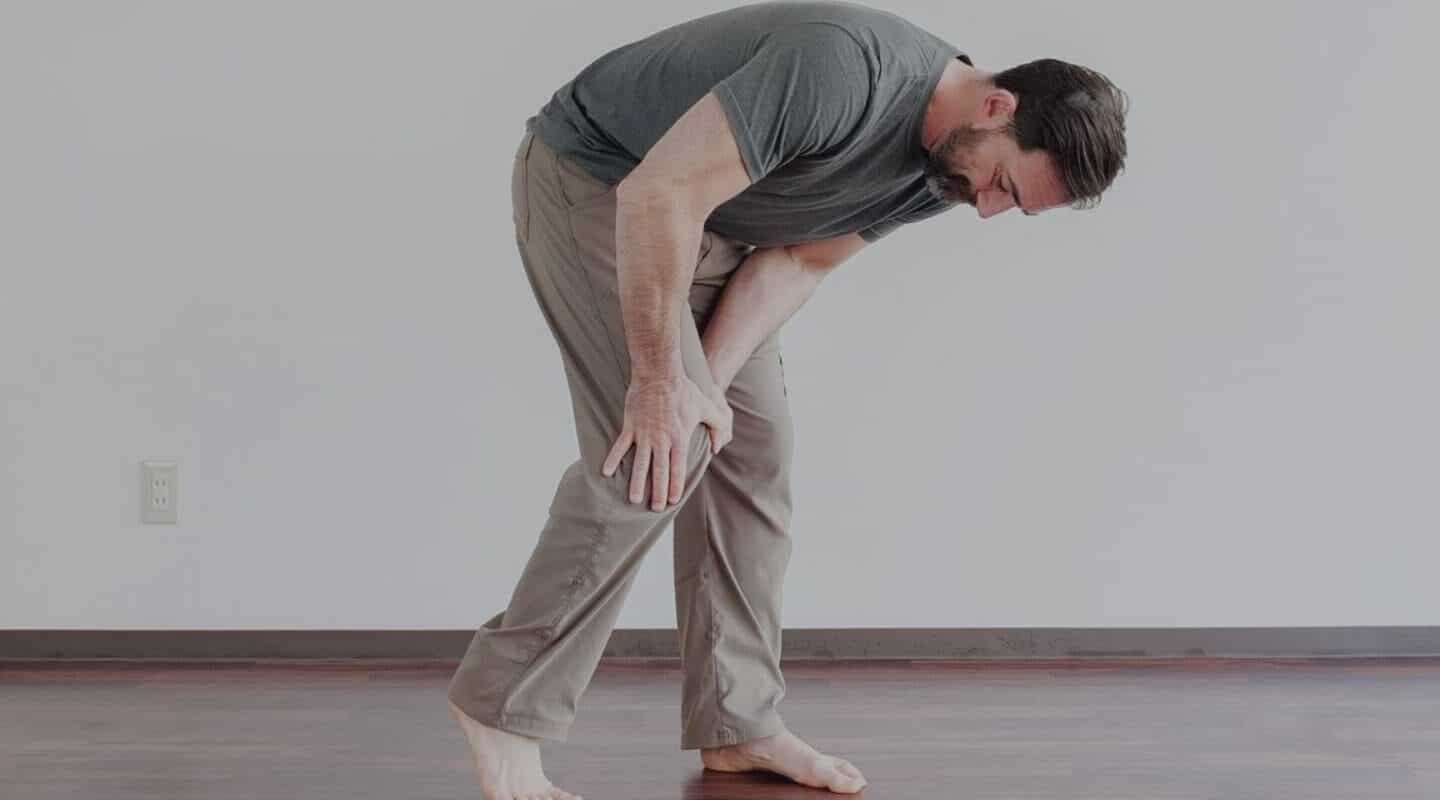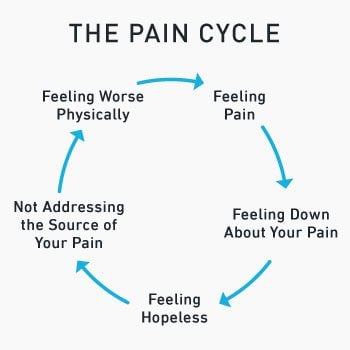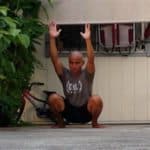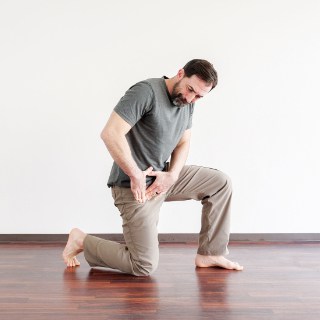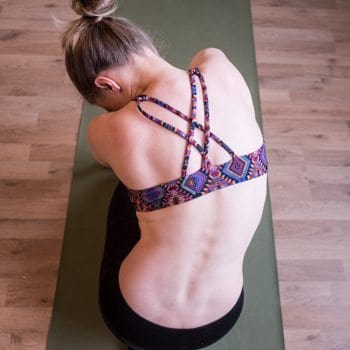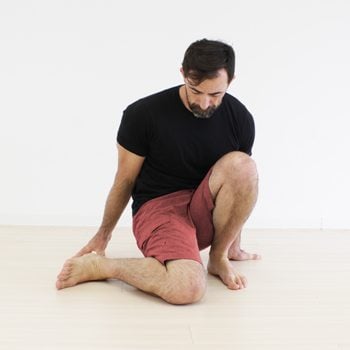Pain is something most people never think about until it affects them directly. For instance, if you’re reading this, it’s probably because you’re experiencing some sort of pain right now. And when you were younger, the idea of pain holding you back may have never crossed your mind. That’s because you can’t really fully understand something until you experience it.
Before we get into some of the important points about how to think about and address pain and what you may or may not be able to do about it, we have to mention something important.
Your beliefs about pain and how it impacts your life can greatly affect your outcomes and recovery process.
For example, if you believe you can improve and get better, the odds shift in your favor. But if you write yourself off as broken or too far gone, your chances of lasting recovery and improvements dwindle.
This isn’t to say that everything is fixable. Sometimes we experience injuries that have long-lasting effects and require us to shift our approach. We’re realists, but also optimists. Everyone can improve if they want to. Sometimes, you just need a little nudge in the right direction and to believe that it’s possible.
Of course, we have to make that disclaimer. But for the majority of cases (especially if you’ve already seen a doctor or physical therapist and have been dealing with your issues for awhile), you aren’t going to make things worse by trying our suggestions.
We aren’t saying you’ll cure your ails. But we can say that thousands of clients have benefitted from this information and we want to make it accessible to you.
If you go through these ideas and applications with patience and a bit of optimism, don’t be surprised if you see the benefits and start to get some relief.
👉 Skip to the section you want:
Part 1: What Is Pain, Exactly? | Part 2: Understanding Your Pain | Part 3: Working With Your Pain
Application: Upper Body | Lower Body
Download our free 15-Minute Mobility Boost to start feeling and moving better now⤵️
